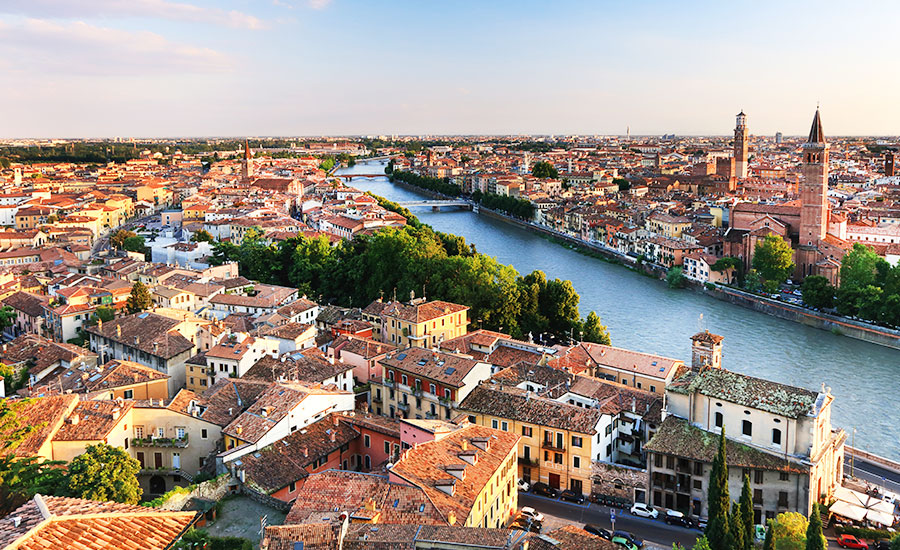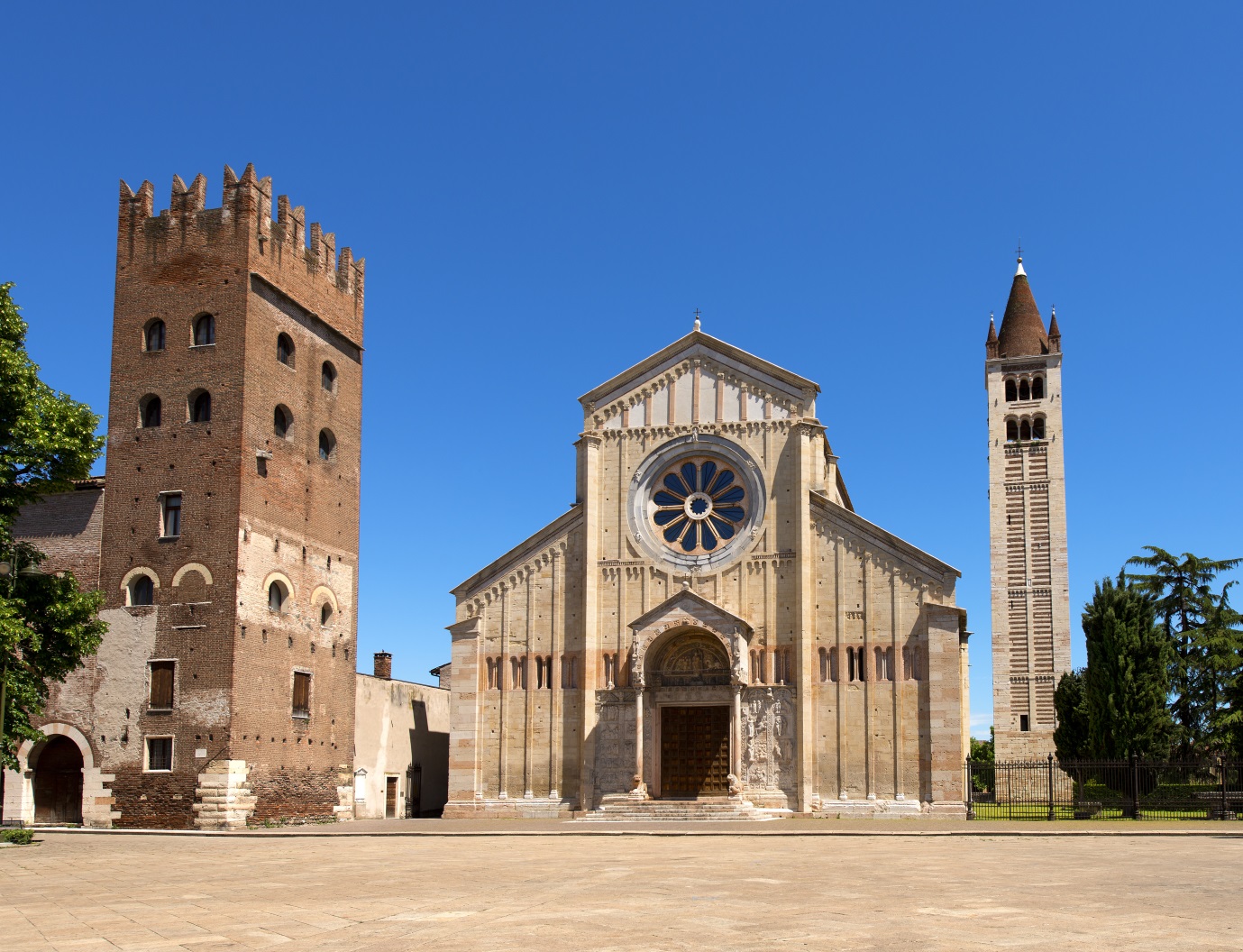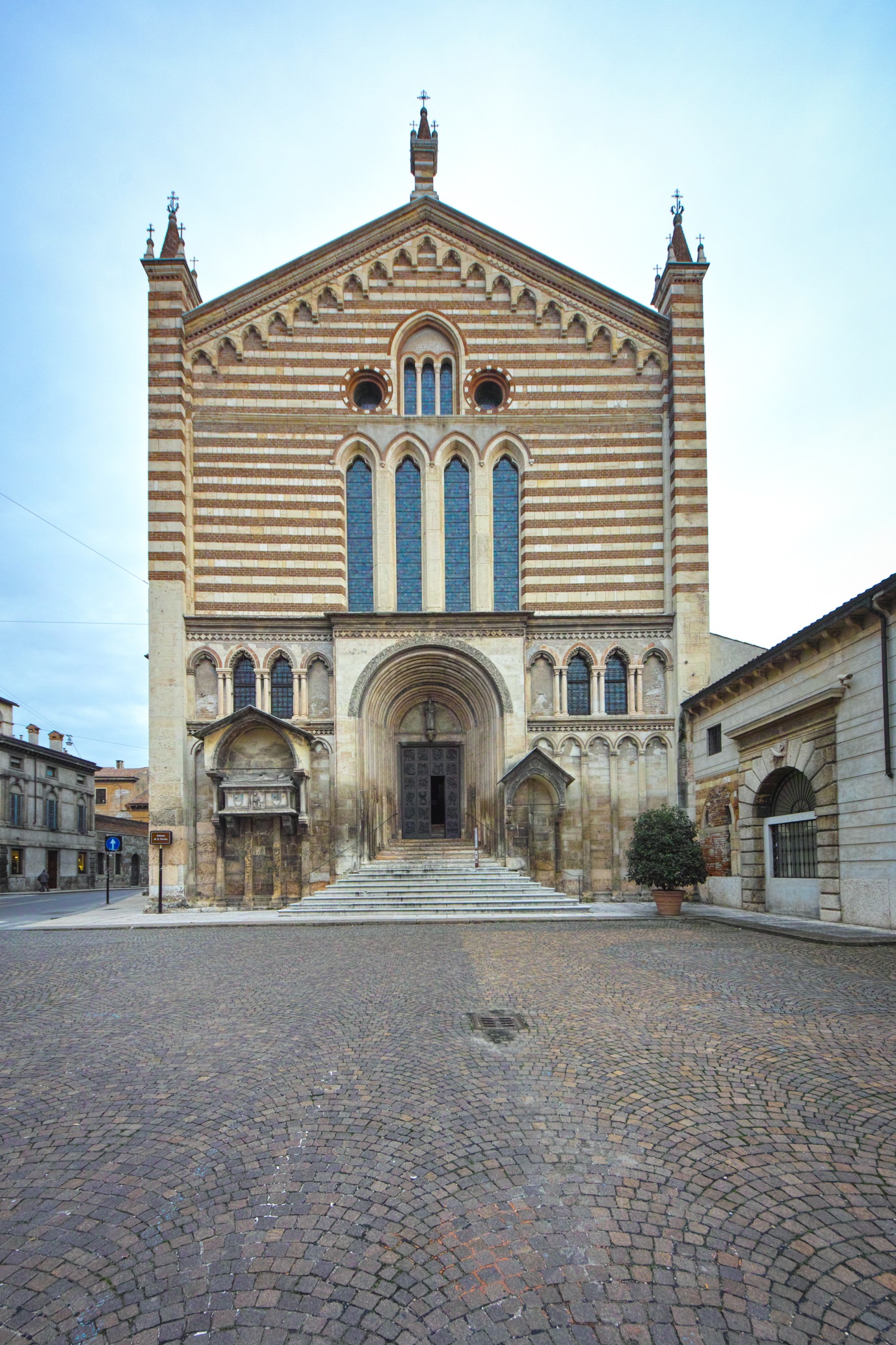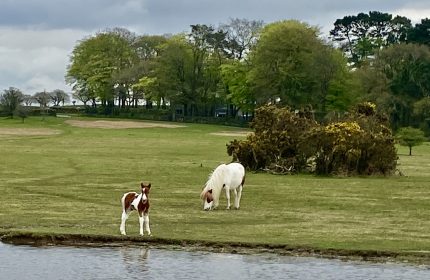The four faces of Verona – the almighty church trail
When one thinks of Verona, it may be easy to skip to romantic daydreams or Shakespearean tragedies, but the reality of it is that this is a city that boasts a staggering collection of churches.
Naturally, you won’t have enough time to squeeze them all in, but the ‘big four’ are definitely worth exploring to gain a deeper understanding of this city’s marvellous and yet turbulent history. Even better, a single €6 pass will get you into all four of these, and with them being dotted across the city, they link up all of the major sights, meaning you can’t really miss them.
The Duomo – where intricacy meets simplicity
Italian to mean ‘cathedral’, this is the pride and joy of the city, with its stunning exterior and more sedate interiors. Looking straight on, even the cynics will be impressed with the structure’s commitment to symmetry. Be sure to identify Orlando and Uliviero, who guard the entrance, and then look up to marvel at the bas-relief of the Madonna on a throne with a Child.
Walking inside, things take a more sombre approach, with stoic columns and epic frescoes by the likes of Falconetto and Torbido. Dominating the main altar is a bronze crucifix, while just to its right you can even see the tombstone of Pope Lucio III, who died here in Verona in 1185. A particular highlight is the Chapel of the Madonna of the People on the left side; its magnificent arch will take your breath away, and if you look carefully, you’ll see an urn containing the ‘thorn’ that supposedly killed St Fermo and St Rustico, martyrs of Verona Church.
Next to this, you will find a passageway that takes you to the restoration of the St Giovanni in Fonte and the Church of St Elena, that was destroyed in the famous earthquake of 1117.
Basilica di San Zeno – magnificence and beauty
This was probably our favourite of the four, with its striking red-and-white-striped exterior and even more impressive interior. Before entering, take a few steps back to marvel at the rose window, one of the earliest examples in Romanesque architecture in the city, which will undoubtedly remind you of Paris’s Notre Dame.
As you enter, to your left is a beautiful and tranquil cloister, that shines in majestic fashion as sunrays travel through its terracotta archways. With swaying olive trees, stone benches and a patch of perfectly-cut grass, this is one of the few places in the whole of Verona where the world stands still and individuals are left to peaceful contemplation.
You’d think all of this would make the site worth visiting, but then you have the church itself. Walking in, you will initially be taken aback by its grandeur and scale, as Corinthian columns run its entire length and a row of disciple statues await at the altar. Before we get there, pay attention to the famous bronze black doors, decorated with 48 square panels including St Peter, St Paul and St Zeno. This is also the perfect opportunity to get your camera out and go snap happy.
Along the way to the altar, look out for the peeling frescoes and the ‘smiling’ statue of St Zeno. Head down the steps to see this eerie crypt, which is also the place where the marriage takes place in Shakespeare’s Romeo and Juliet. Truly impressive.
Sant’Anastacia – an art gallery of sorts
We should really say that this church is more an art gallery than a place of worship. The structure itself is a fine example of Italian Gothic, with its red-brick turrets and circular glass window, but it is when you walk inside that you realise its true potential. A simple glance up to the dizzying ceiling, with its red, white and green florals, is akin to anything you would see at the Vatican in Rome, while each altar here is a piece of art majestically chronicling some of the best artists to have come from Verona.
Whether it is the Cavalli chapel or Pisanello’s fresco of St George and the Princess, around every corner is a striking work of art depicting local history and religious mythology. There are also some interesting sculptures here, with Caliari’s hunchback holy water stoup (it is believed that if you touch its hump, you will be rewarded with good luck), the magnificently ornate organ and various iconography of Christ and his disciples.
If you won’t have time to squeeze in an art gallery during your visit to Verona, you’ll get an equally rewarding education here, making Sant’Anastacia a must-see.
San Fermo – peeling away layers of history
Located on the banks of the Adige, this church was built in the 5th century to honour Saints Fermo and Rustico. However, when it was believed that it would be at risk of flooding, an upper church, which is the one you see when you first walk in, was constructed in the late 13th century.
Walking around here, you can see layers of history, literally, peeling away, as hidden frescoes emerge from under white plaster, and a flight of steps will take you down to the original subterranean place of worship. As restoration teams work carefully to unearth further layers of history at this place, no two visits to San Fermo will ever be the same, while the lower church is an interesting amalgamation of the eerie and the peaceful. With its sparse stone walls, this is the sort of place that will raise those hairs on your arms.
Before you leave the church, be sure to look up – the wooden ceiling is in the form of the bottom of a ship and is decorated with the paintings of over 400 different saints.
Be sure to incorporate these four churches into your sightseeing; they go beyond just being a place for spiritual contemplation, but offer an insight into the journey this fascinating city has gone on over the years, and that is something no museum can highlight.
Latest posts by Sally - Silversurfer's Editor (see all)
- Holiday hack: How to win a GHA DISCOVERY Titanium status upgrade - April 23, 2024
- 10 Money saving tips for gardeners - April 21, 2024
- Should smacking a child be banned in England and Northern Ireland? - April 17, 2024
- Enjoy the best of the UK on a Shearings coach holiday - April 17, 2024
- Blueberry & Lemon Curd Bread and Butter Pudding - April 16, 2024
























